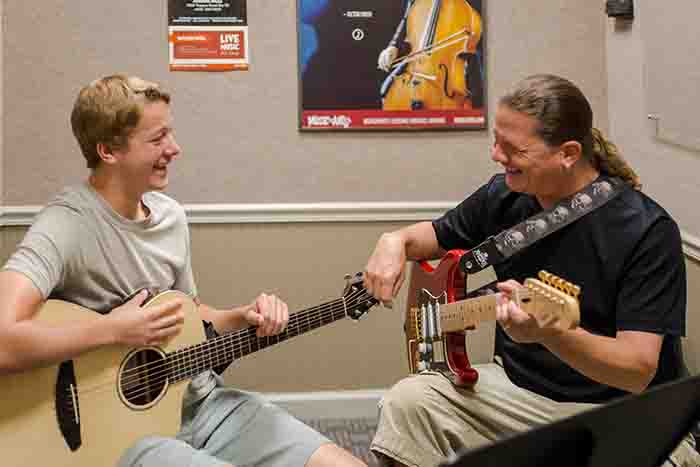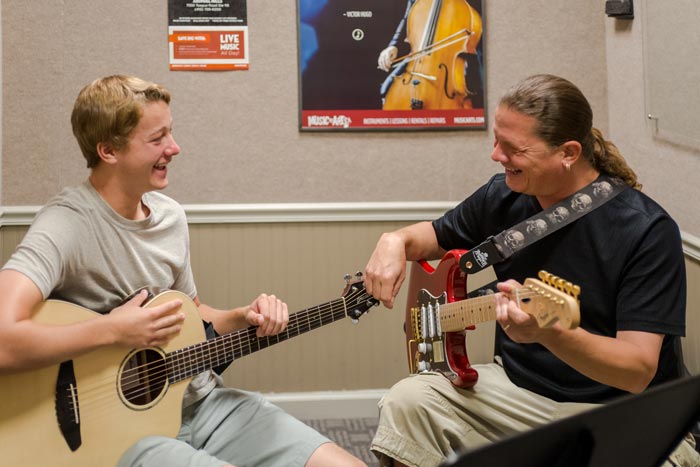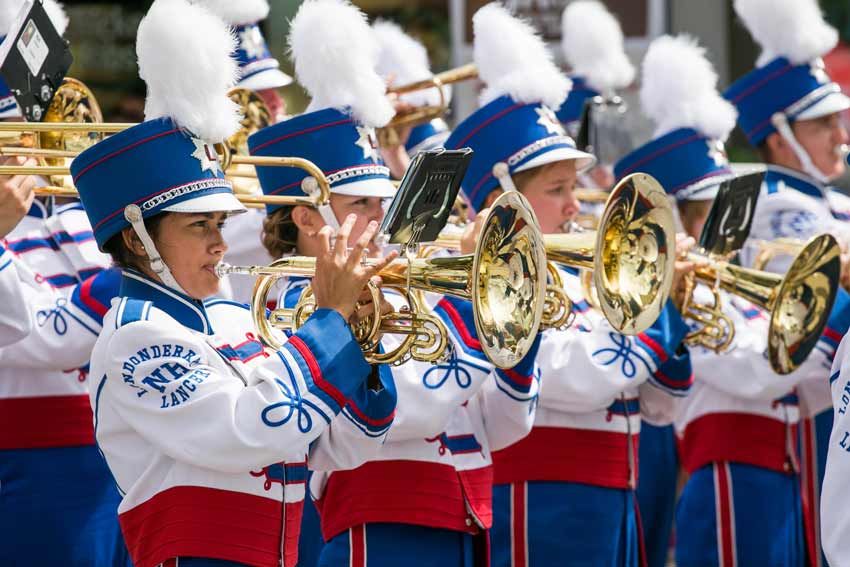May 13, 2015
Vocal Range 101: Facts, Tips and Tricks


For choral directors and vocalists alike, knowing the ins and outs of vocal range is a huge deal. From getting the most out of a choir’s performance to keeping a singer’s voice vibrant and healthy, vocal range knowledge is mandatory for music educators, choral directors, composers, and singers. If you’re interested in the world of vocal ranges, we’ve got you covered. From advice aimed at helping determine a vocalist’s unique singing range to fascinating facts surrounding the human voice, this brief primer will introduce you to the world of vocal ranges.
What is vocal range?
Vocal range is a loose term that describes the unique measurement of pitches a person can produce. The idea of a person having a set vocal range is almost always associated with singing, but it can be applied to any person who communicates through spoken language. From those with low, booming speaking voices to people with high, piercing ones, every person has a unique vocal range whether they sing or not.
Applied to singers, vocal ranges are separated into voice types designed to reflect conventional anatomy and vocal ability. Vocal chords experience a rapid transformation from birth until a person reaches their twenties, but by most accounts voices then reach maturity and a person’s range largely stays the same throughout adulthood. Science shows us that there are some ways a person can expand their vocal range, but by and large, the anatomical boundaries a singer is born with are the ones they’re stuck with for life. This means that a person’s vocal range is as stable as their natural hair or eye color. However, some studies show that male voices rise with age while women’s voices lower slightly over time.
Vocal types
There are six conventional vocal types in music: Bass, Baritone, Tenor, Alto, Mezzo-Soprano, and Soprano. Bass voices represent the lowest ranges on the spectrum, while soprano voices represent the highest. Vocal ranges are determined by discovering the lowest and highest notes a singer can sing. Male voices are typically assigned as bass, baritone, and tenor, while female voices are assigned as alto, mezzo-soprano, and soprano. Identifying vocal ranges is made much easier by having singers match pitches produced by a keyboard.
Something important to keep in mind when it comes to determining vocal types is that range can only be accurately identified if the singer is comfortable and healthy. Everything from a singer’s tentativeness to them feeling under the weather can have an impact on the way their voice sounds on any given day. Vocal types are designated not by the exact pitches singers are able to produce, but are limited to the ones they can produce confidently and consistently. This means that the especially low or high notes your voice is able to produce on an ideal day of singing wouldn’t be considered to fall within your natural range. Choral directors and composers rely on set voice types for performances because set musical material need to be performed over and over again consistently.
Why properly identifying vocal range is so important
A singer singing outside of their natural range sounds bad and can also be dangerous to their vocal health. Vocal misuse, such as straining to hit notes outside of a singer’s range, can irritate the vocal cords and cause damage. From choral compositional and directoral standpoints, assigning vocal types accurately is crucial in getting a group of singers singing comfortably and confidently. The six common vocal types we now rely on were established in European classical musical traditions and have been informing choral music composition for hundreds of years.
In choral settings, identifying ranges correctly is essential for helping singers sing material accurately and confidently. This means that choral directors and educators should put a great deal of time and effort into identifying the vocal ranges of new singers in order for their programs to be successful.
Truth be told, there is no universally accepted way to determine a singer’s vocal range, so folks new to the subject will benefit from researching the topic more in depth. Feeling knowledgeable and confident with vocal ranges is essential whether you’re up on stage, directing a choir, or writing music.







